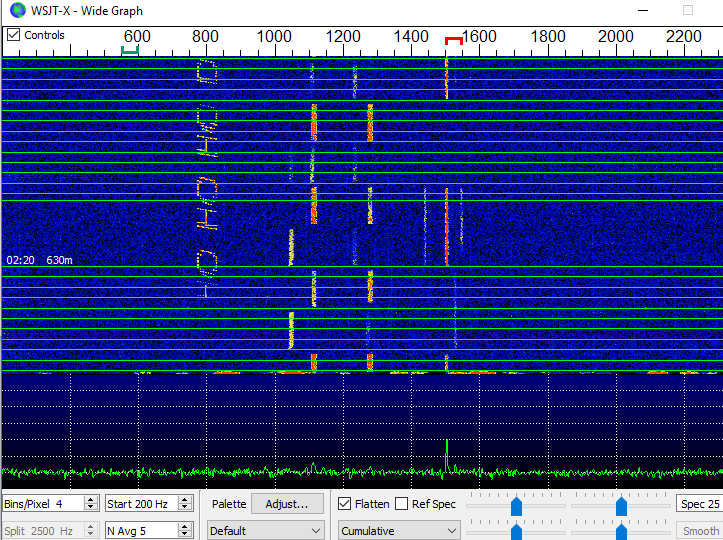Thanks to LX1IQ for getting us restored as the rightful owner of XLX020! Also thanks to SA7SVR for agreeing to voluntarily move his XLX to a different number. I have suggested to LX1IQ that we do some analysis to see if a faulty system clock situation did indeed break our registration.
(Original Post)
We’re in a bit of a crisis situation at XLX020. Sometime last night we appear to have lost our XLX registration to ANOTHER XLX020 located in Sweden. While I’m not totally clear on why this happened, we did have a problem at our cloud provider this week. That problem somehow involved the system clock and created unusual timestamps on a bunch of critical files, including a file that tracks registration phone-home calls. Our cloud provider ended up migrating us on an emergency basis to a different physical host but we didn’t become aware of the clock/filestamp issue until today.
Note the file listing below with the dates “Oct 31 2223”!
$ ls -l | grep 2223
-rw-r----- 1 root adm 7385678 Oct 31 2223 auth.log.1
-rw-rw---- 1 root utmp 13949952 Oct 31 2223 btmp.1
-rw-r----- 1 root adm 46307238 Oct 31 2223 daemon.log.1
-rw-r----- 1 root adm 4878047 Oct 31 2223 fail2ban.log.1
-rw-r----- 1 root adm 1362469 Oct 31 2223 messages.1
drwxr-xr-x 2 drats drats 4096 Oct 31 2223 ratflector
-rw-r----- 1 root adm 47846088 Oct 31 2223 syslog.1
-rw-r----- 1 root adm 1322013 Oct 31 2223 user.log.1
Today, I noticed fewer connections on the XLX020 dashboard and started to investigate. Looking at the official XLX Reflectorlist I saw that there is now a reflector in Sweden which has taken our place in the 020 slot. It seems to have been implemented just today by SA7SVR
So right now, we’re in a bit of a limbo situation. I have reached out to SA7SVR as well as the XLX admin team in Luxembourg to see if we can get this remedied and get our registration back. I’m hoping that everyone will be amenable and sympathetic to the situation we were put in.
It also shows the underlying weakness in the XLX registration system. If a system problem, which has not yet been fully diagnosed or understood can lead to the revocation of a longstanding and popular XLX number, that is disturbing.
I’ll keep you updated.
73 de K2IE
